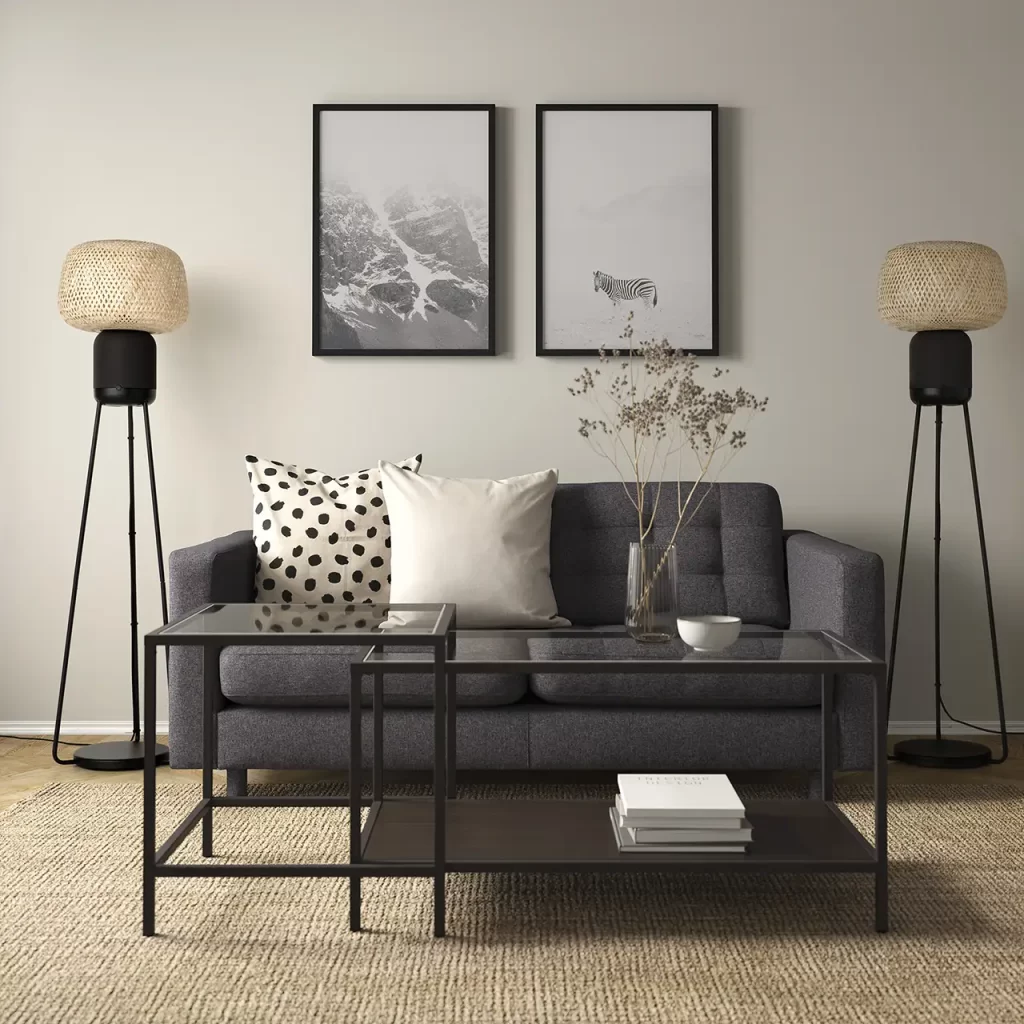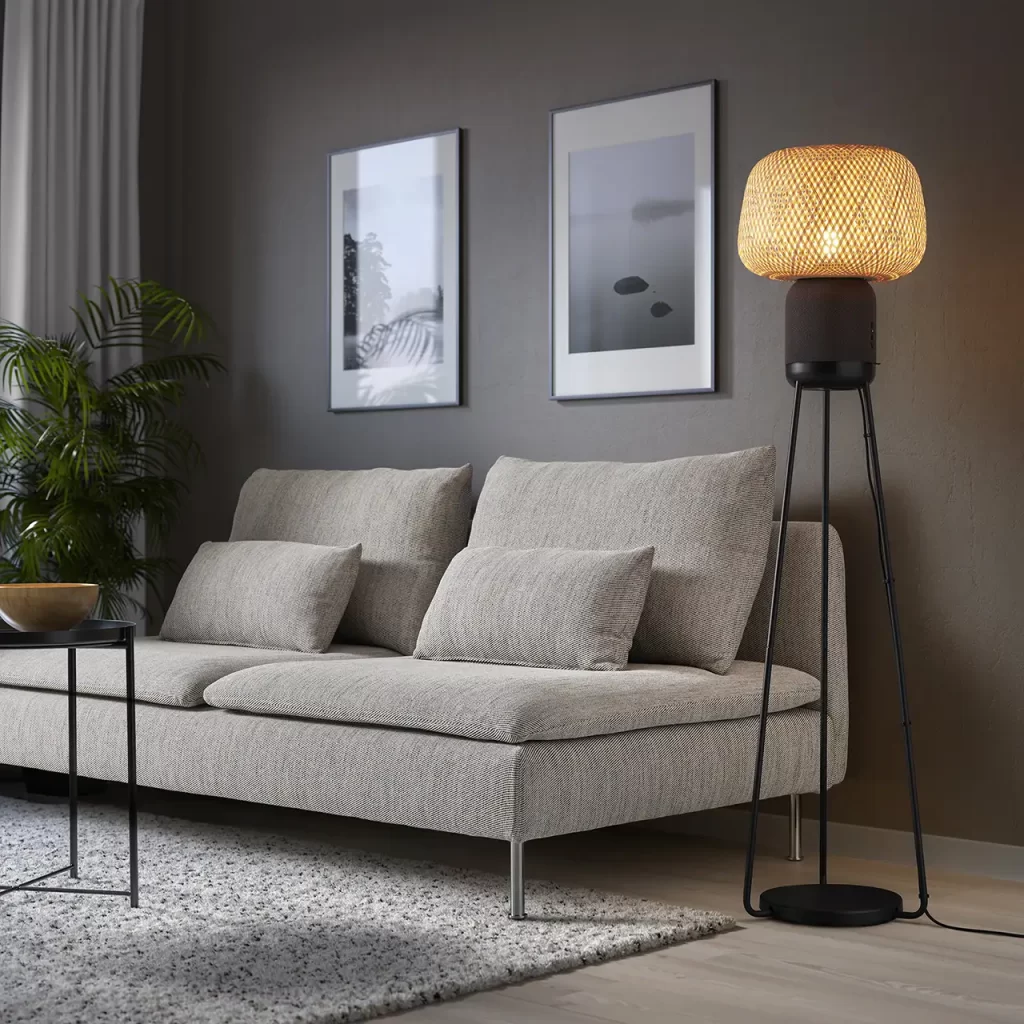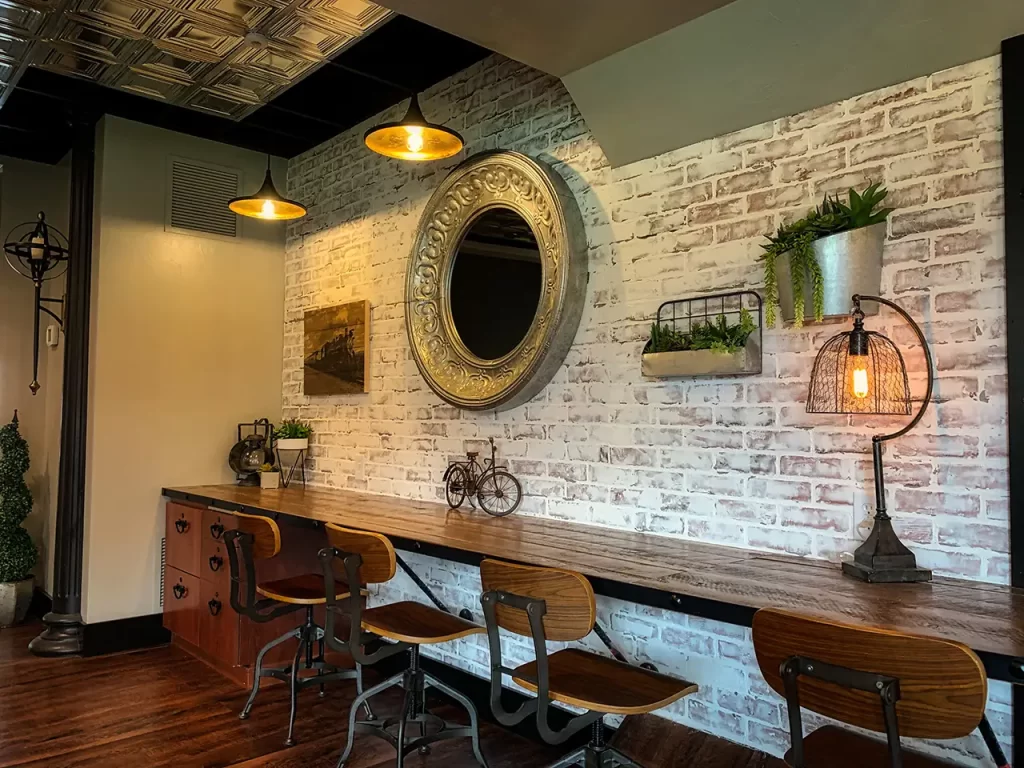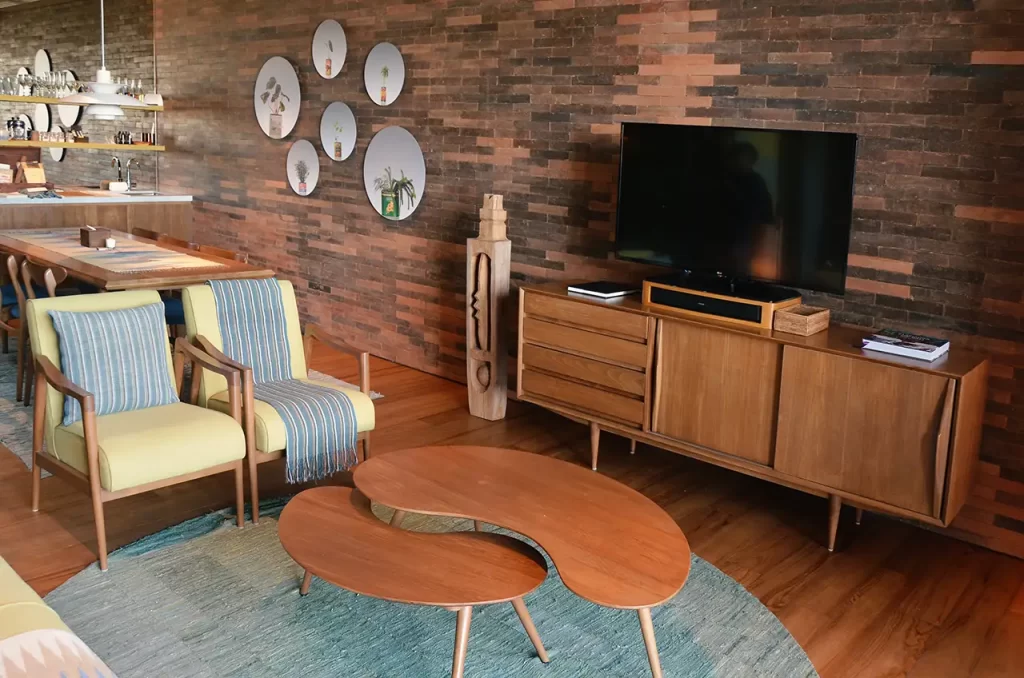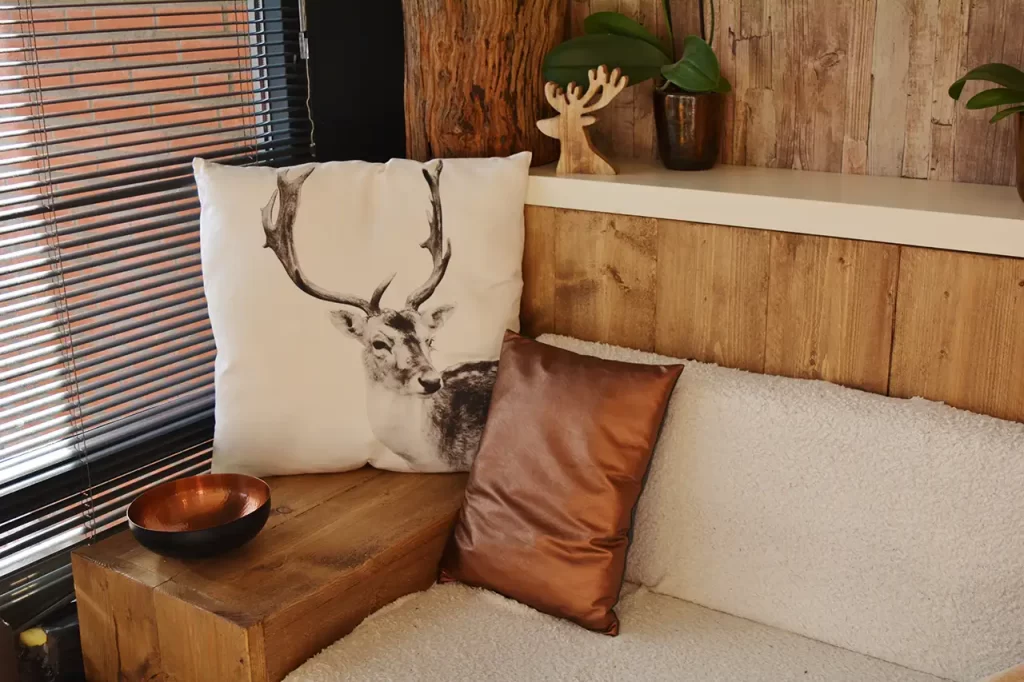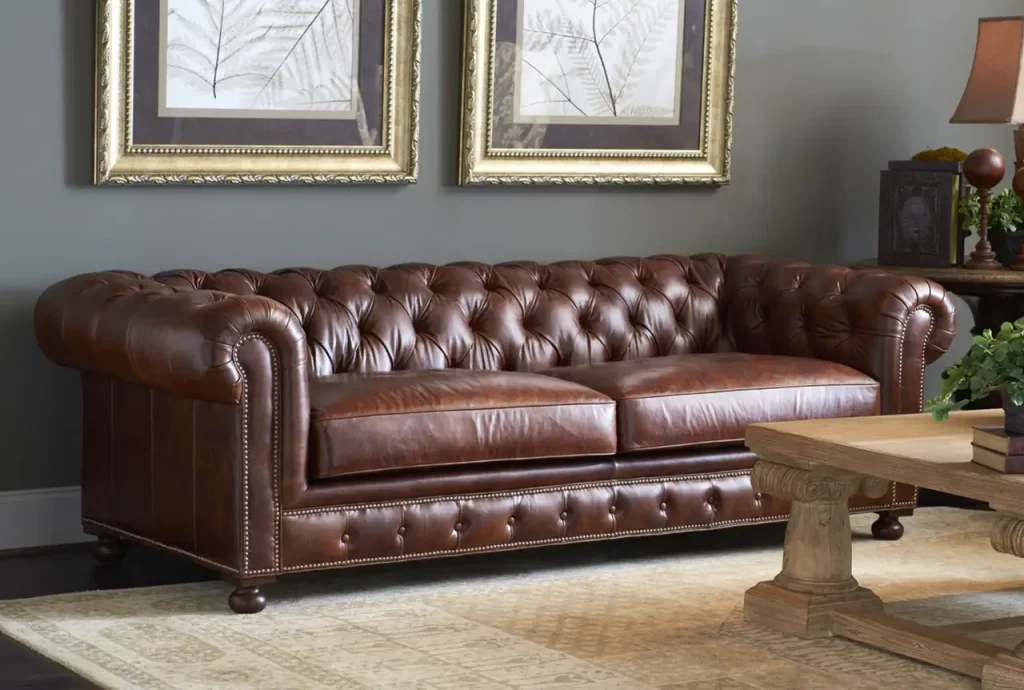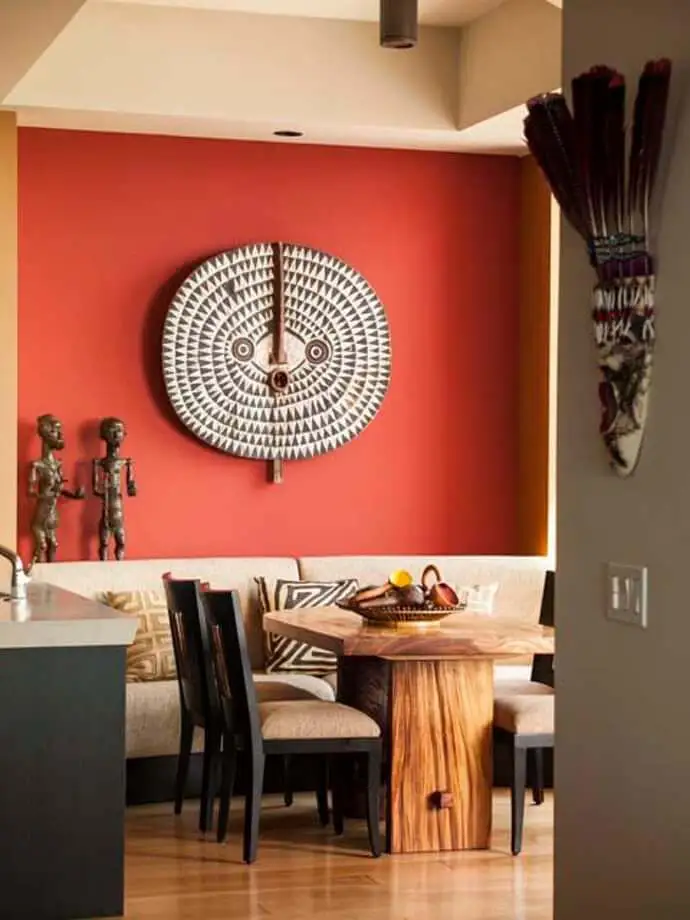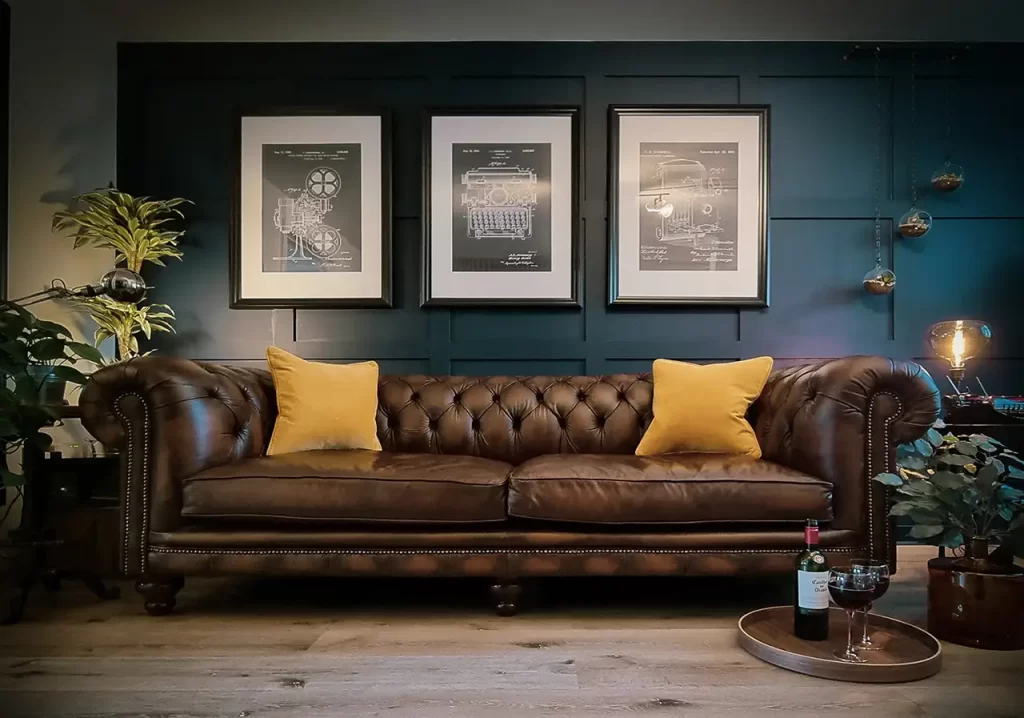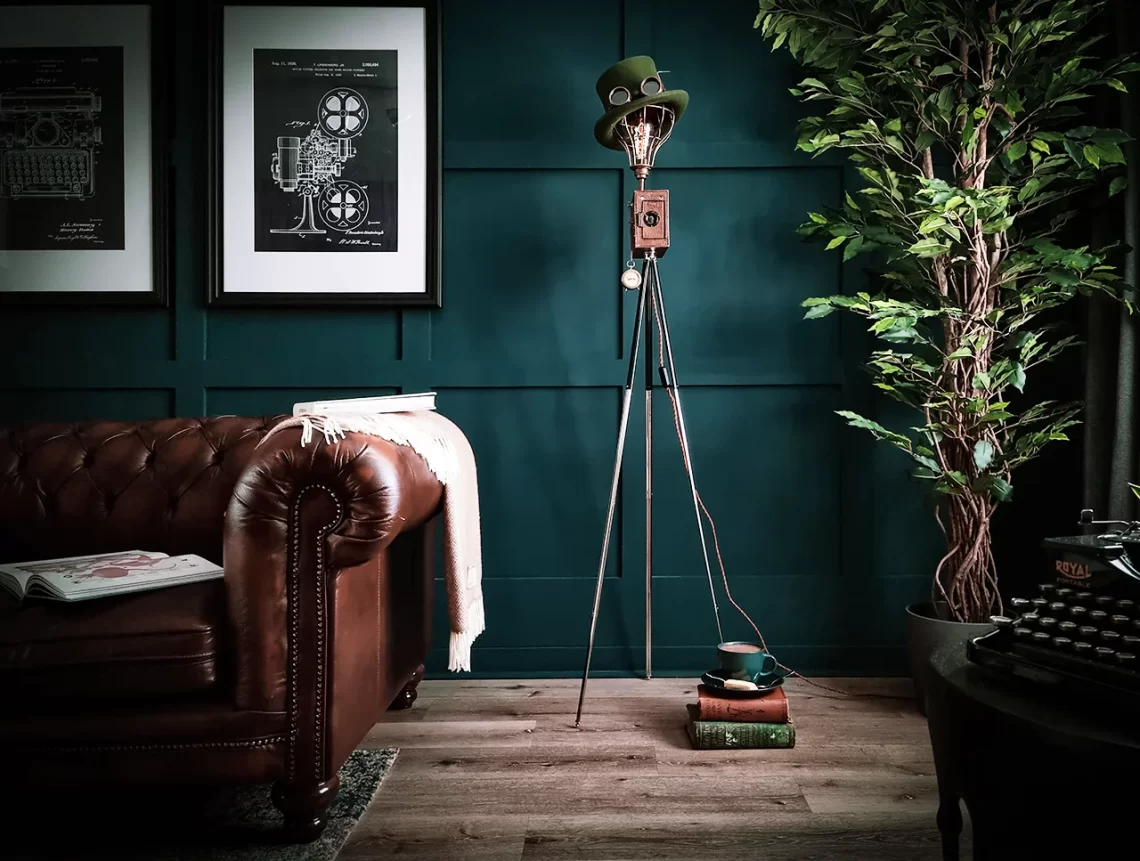
Interior Design Basics for Men
When it comes to interior design, men often feel lost. The world of home decorating can feel overwhelming and intimidating, with so many different styles and trends to choose from. But it doesn’t have to be that way. With a little bit of research and a clear vision of your personal style, you can create a space that feels like an extension of yourself.
Before you start shopping for furniture and accessories, take a moment to think about the things that matter most to you. What are your favorite colors, textures, and patterns? What kind of vibe do you want to create in your space? Are you looking for something sleek and modern, or are you drawn to more traditional, classic styles?
Design Styles
Once you have a general idea of what you’re looking for, it’s time to start exploring different interior design styles. Here are a few popular options to consider:
Modern
Modern interior design style is characterized by clean lines, minimalism, and a focus on functionality. It often features neutral colors, bold geometric shapes, and a mix of textures and materials. Pops of color can be added via decorative accessories and artwork. The style is known for its simplicity and lack of ornamentation, making it an appealing choice for men who prefer a more masculine aesthetic. The minimalist and clean look of modern interior design is also easy to maintain and can make the space feel larger and more open. Additionally, the focus on functionality appeals to men who value practicality and organization in their living spaces.
Industrial
Industrial interior design style is characterized by raw and unfinished materials, such as exposed brick, concrete, and metal. It often incorporates vintage and reclaimed elements, such as reclaimed wood and vintage lighting fixtures. The overall aesthetic is rugged, masculine, and industrial. This style works best when your living space has elements such as exposed brick and hardwood or concrete floors.
This style embodies a sense of strength, durability, and masculinity. The raw and unfinished materials used in industrial design evoke a sense of ruggedness and durability. Additionally, the use of vintage and reclaimed elements can evoke a sense of nostalgia and history, which can be appealing to men who appreciate the past.
Mid-Century Modern
This style is all about clean lines, geometric shapes, pops of color, and a focus on functionality. It emerged in the 1950s and 1960s and was influenced by the Bauhaus movement, which emphasized the use of simple, geometric shapes and a focus on functional design. The style is often associated with a sense of simplicity and elegance, with a focus on natural materials such as wood, leather, and stone.
Mid-century modern interior design may appeal to men because of its clean, masculine aesthetic. The style is often associated with a sense of minimalism, which can be appealing to men who prefer a more streamlined, uncluttered look. Additionally, the focus on functionality and practicality may also be appealing, as it emphasizes practicality over aesthetics. The natural materials used in this style give it a sense of ruggedness and durability.
Scandinavian
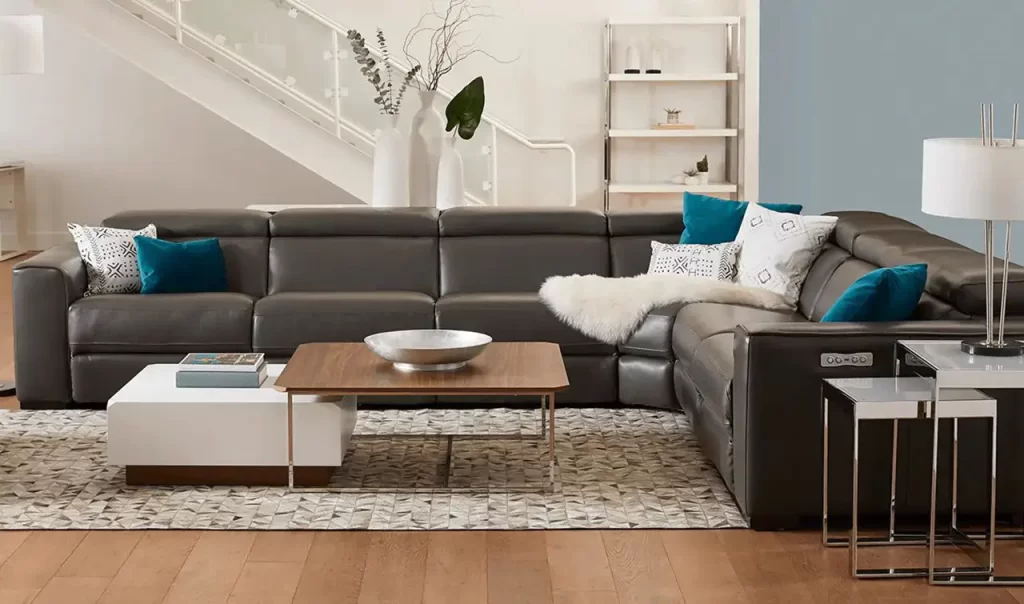
Scandinavian interior design is characterized by simplicity, minimalism, and functionality. The use of natural materials such as wood, wool, and linen is common, as well as a neutral color palette. This style is often associated with the Nordic countries of Denmark, Norway, Sweden, and Finland.
Clean and uncluttered, with a focus on functionality defines this style. The neutral color palette and use of natural materials can create a sense of tranquility and calm, which can be appealing to those looking to create a peaceful space. Additionally, the minimalist aesthetic can be seen as a reflection of a masculine aesthetic, which values simplicity, clean lines and uncluttered spaces.
Rustic
Rustic interior design style is characterized by a rough, natural look and feel. It is often inspired by the natural beauty of the countryside and the simplicity of rural living. The use of natural materials such as wood, stone, and linen is common in rustic design. The color palette is usually neutral, with earthy tones such as brown, beige, and gray being popular. Furniture is often made of reclaimed or repurposed materials and has a distressed or weathered appearance. The overall aesthetic is warm, cozy, and inviting, with a focus on functionality and comfort.
Traditional
Traditional interior design style is characterized by classic, timeless elements such as symmetrical layouts, elegant furnishings, and rich materials. This style often incorporates antiques and heirlooms, as well as ornate details like crown molding and chandeliers.
This style can offer a sense of elegance and refinement. The use of dark, rich colors and masculine materials like leather and wood can create a sophisticated and mature atmosphere. Additionally, traditional design often incorporates a sense of history and tradition, which can be particularly appealing to men who value those things.
Cultural Heritage Influenced
If your cultural heritage is of significant importance to you, you may want to reflect that in your interior design. For example, if you’re of African descent, you could incorporate traditional Kente cloth patterns into your home’s decor, whether through textiles, artwork, or even furniture. Similarly, if you’re of Asian descent, you could incorporate traditional bamboo or cherry blossom patterns into your home’s decor.
Every culture has its own distinct and unique interior design aesthetic. A little research can help you discover yours. It’s important to remember that cultural heritage is not only about the aesthetic but also about the history and the stories behind it.
Combining Design Styles
It is possible to combine different interior design styles to create a unique and personalized space. Combining different styles can add depth, character and interest to a room. When done correctly, it can give a space a layered, curated feel that looks pulled together and polished. However, it’s important to be mindful of the balance and proportion, to keep the room cohesive and not overwhelming. It’s also important to pick a neutral base color that will work well with the different styles you plan to incorporate, and pick a focal point that will tie everything together. It’s a fun process that allows you to express your personal taste and creativity.
Here are some tips for successfully combining interior design styles:
Pick a Focal Point
Select one key piece or element as the focal point in the room, such as a statement piece of furniture or a bold piece of art. This focal point will help to tie the different design styles together.
Mix and Match
Mix and match different design styles by incorporating elements from each style into the space. For example, you could incorporate traditional elements such as ornate moldings and classic furniture into a modern space, or you could add a pop of color and pattern with a vintage rug in a minimalist space.
Use Accessories
Incorporate different design styles into the space by using accessories such as lighting, artwork, and textiles. For example, you could use a contemporary chandelier in a traditional space, or you could use a vintage vase in a modern space.
Add Texture
Mixing different textures can also be a great way to bring different design styles together. For example, you could mix smooth leather with a rough-hewn wood table, or you could mix a plush velvet sofa with a woven bamboo coffee table.
Pay Attention to Balance
Make sure to balance the different design styles in the space by using elements from each style in equal measure. This will ensure that the space feels cohesive and well-designed.
Have Fun
Most importantly, have fun with it and make sure you enjoy the process and the result.
The Building You Live In May Affect Your Choices
When it comes to designing the perfect living space, the building you live in can play a big role in determining your interior design choices. From the architecture to the layout and overall aesthetic, the building you call home can influence everything from the type of furniture you choose to the color scheme and decor.
First, the architecture of the building can greatly influence your interior design choices. If you live in a traditional building with high ceilings and large windows, you may want to incorporate classic elements such as ornate moldings and elegant furniture into your design. On the other hand, if you live in a modern building with clean lines and minimalist architecture, you may want to opt for sleek, modern furniture and minimal decor.
The layout of the building can also play a big role in determining your design. If you live in a loft-style building with open floor plans, you may want to focus on creating large, open spaces and keeping your furniture minimal. On the other hand, if you live in a building with smaller, more enclosed spaces, you may want to focus on creating cozy, inviting spaces with warm colors and plush fabrics.
The overall aesthetic of the building can also influence your interior. If you live in a building with a historical aesthetic, you may want to incorporate vintage or antique furniture and traditional decor into your design. On the other hand, if you live in a building with a modern aesthetic, you may want to opt for contemporary furniture and minimal decor.
Common Terminology
At some point, you may encounter some technical terms commonly used in the interior design field. But don’t let the jargon intimidate you! Here, we break down some of the most common terms you’ll come across, and provide examples of how they can be implemented in your own space.
Color Scheme
The combination of colors used in a room or space. A color scheme can set the mood and create a cohesive look. For example, a monochromatic color scheme uses different shades of the same color, while a complementary color scheme combines colors that are opposite on the color wheel.
Scale
The size of an object or furniture piece in relation to the room or space it’s in. Proper scale is crucial in creating a balanced look. A large sectional sofa in a small living room will feel cramped and overwhelming, while a small loveseat in a grand living room will get lost.
Balance
The distribution of visual weight in a room or space. Balance can be achieved through symmetry, where elements are mirrored on either side of a central point, or asymmetry, where elements are arranged unevenly.
Proportion
The relationship of one part of a room or space to another, or to the whole. Proportion can be used to create a sense of harmony in a room. For example, a large fireplace will be proportionate to a large living room, while a small fireplace would be proportionate to a small living room.
Functionality
How well a room or space meets the needs of the people using it. A functional space is one that is comfortable and easy to use. For example, a home office should have enough room for a desk and storage, while a living room should be comfortable for sitting and entertaining.
Focal Point
An object or area in a room or space that draws the eye and becomes the main point of interest. A focal point can be a piece of artwork, a fireplace, or a statement piece of furniture. For example, a large painting above a fireplace creates a focal point in a living room.
Texture
The surface quality of an object or material, whether it’s rough, smooth, bumpy, etc. Texture adds depth and interest to a space. For example, a room with a lot of smooth surfaces, like glass and metal, will feel very different from a room with a lot of rough surfaces, like wood and stone.
Contrast
The difference between two or more elements, such as light and dark colors, or smooth and rough textures. Contrast can be used to create visual interest and drama in a space. For example, a dark leather sofa against light walls creates a strong contrast.
Lighting
The use of light to create a certain atmosphere or to highlight certain features in a room or space. Lighting can be used to create a warm and cozy feeling or a cool and modern feel. For example, recessed lighting creates a clean and modern look, while table lamps create a warm and cozy feel.
Make a Plan
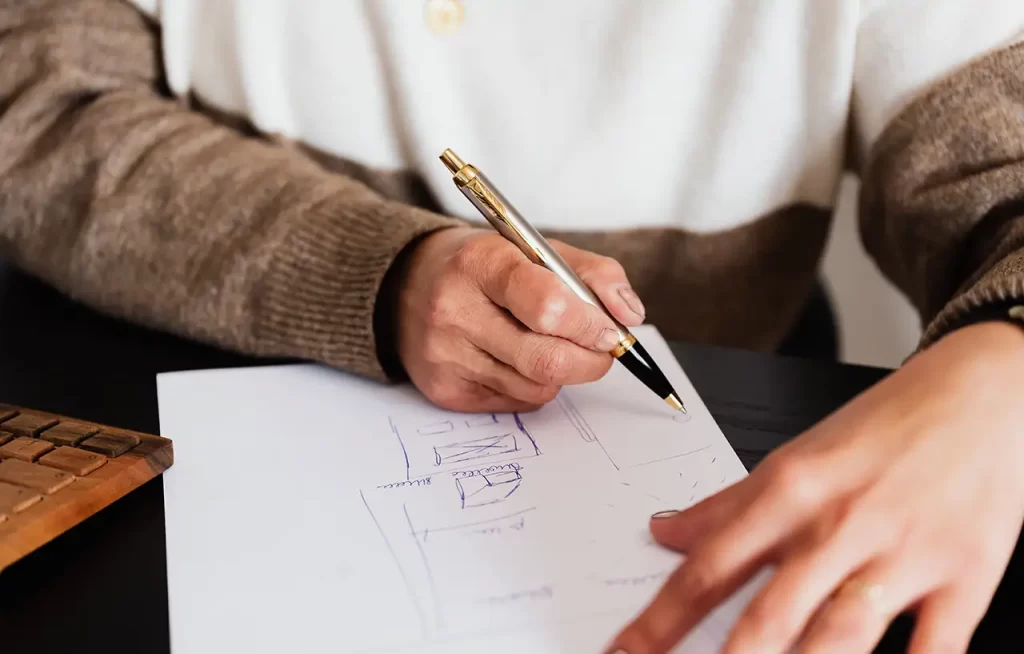
Once you’ve selected your interior design style, it’s time to start shopping for furniture and accessories. When it comes to furniture, focus on quality over quantity. A few well-made pieces will do more for your space than a room full of cheap, poorly made items. And when it comes to accessories, less is always more. A few well-chosen pieces will add just the right touch of personality to your space without overwhelming it.
Seek inspiration
Start With a Plan
Before you start making any purchases, it’s important to have a clear plan in mind for your home’s interior design. This should include a detailed layout of each room, including measurements. Create a color scheme, as well, and a list of key pieces that you want to include in each space.
Set a Budget
It’s important to set a budget for your interior design purchases, so you don’t overspend. Make sure to factor in the cost of furniture, decor, paint, and any other materials you may need.
Prioritize
Once you have your plan and budget in place, it’s important to prioritize your purchases. Focus on the most important and largest items first, such as a new sofa or bed, and then work your way down the list.
Shop Around
Don’t be afraid to shop around for the best deals. Compare prices and quality at different stores and online retailers to ensure you’re getting the best value for your money.
Take Photos
Take photos of your space and the items you are considering. Assemble them together to see how items will look in your space.
Consider the Longevity
When planning your purchases, take into account the longevity of each item. Investing in high-quality, durable furniture and decor will save you money in the long run.
Don’t Forget Scale
Remember to consider size of an object or furniture piece in relation to the room or space it’s in. You don’t want a piece that is too large or too small for your space.
Don’t Rush and Avoid Impulse Buying
It’s important not to rush into any purchases. Take your time and think about each decision carefully. Make sure you’re happy with your choices before making any final decisions.
It’s also important to avoid impulse buying unless you are absolutely certain the item will fit with your design. Most people have purchased at least one item on impulse only to find it really doesn’t go with their space.
Be Flexible
Be open to change your plan, for example if you find a piece of furniture you love but it doesn’t fit your original plan, consider how it could work within the space and if it could serve as a statement piece. If you love a piece that is out of your budget, search for a lower priced alternative that is similar, even if it’s not an exact match.
Get Creative
Don’t be afraid to get creative with your interior design purchases. Mix and match different styles and textures to create a unique and personalized space.


